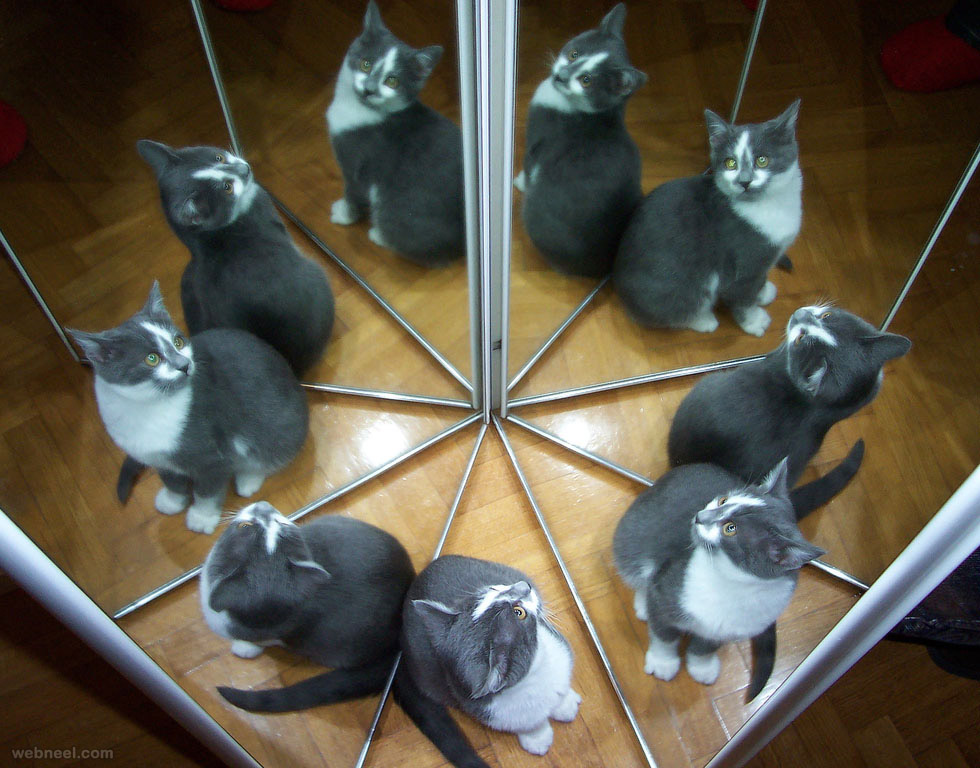
In this scenario, the image is clear and easily visible. This form of reflection is created by plane mirrors with a smooth surface. Regular reflection is also known as specular reflection.The following is a brief overview of the various types of light reflection: In the plane’s mirror, the image is virtual.In the image, it signifies that your right becomes left. The image was being inverted laterally.The object and the image are of the same size.An upright image (straight upward) is created by a plane mirror.To see our faces, we look into a flat mirror. When light reflected by a flat mirror reaches our eyes, we see images in the mirror. The surface of a plane mirror is flat and smooth. The following is the law of reflection of light formula:Ī “mirror” is a shiny surface. According to the law of reflection, theta-i is equal to the angle theta-r.Īlso Read – Light: Reflection and Refraction Law of Reflection of Light Formula The Greek letter “theta” is used to denote these two angles, which are written as “theta-i” for the angle of incidence and “theta-r” for the angle of reflection. The angle of reflection is the angle created by the reflected beam and the normal. The angle of incidence is the angle formed by the incident beam and the normal. The angle formed by the incident and reflected rays are split into two equal angles by the normal line. This line is known as a normal line (labelled N in the diagram). A line that is perpendicular to the mirror’s surface can be drawn at the point of incidence where the ray hits the mirror.

The light beam that emerges from the mirror is referred to as the reflected ray (labelled R in the diagram).

The ray of light reaching the mirror in the figure is referred to as the incident ray (labelled I in the diagram).


 0 kommentar(er)
0 kommentar(er)
